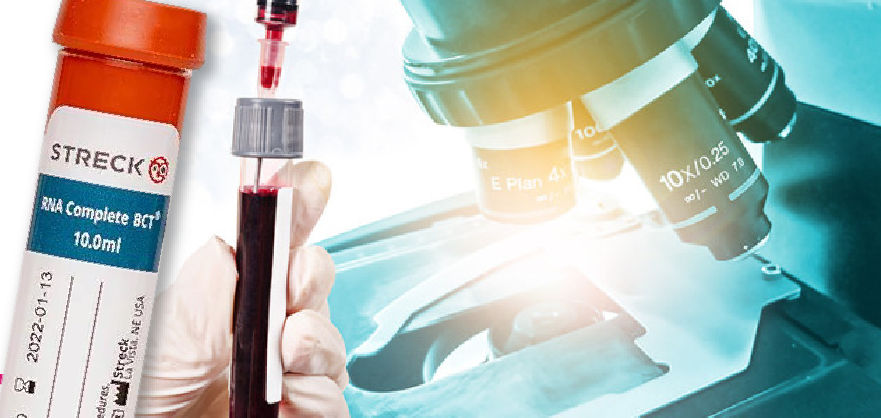The aim of this study was to develop a new risk model for primary myelodysplastic syndromes (MDS) that integrates information on mutations, karyotype, and clinical variables. The study group consisted of 685 molecularly annotated patients. The study group consisted of 685 molecularly annotated patients from MC (357) and NTUH (328). Multivariate analysis of the MC cohort identified monosomal karyotype (hazard ratio [HR], 5.2; 95% CI, 3.1-8.6), “non-MK abnormalities other than single/double del(5q)” (HR, 1.8; 95% CI, 1.3-2.6), RUNX1 (HR, 2.0; 95% CI, 1.2-3.1) and ASXL1 (HR, 1.7; 95% CI, 1.2-2.3) mutations, absence of SF3B1 mutations (HR, 1.6; 95% CI, 1.1-2.4), age greater than 70 years (HR, 2.2; 95% CI, 1.6-3.1), hemoglobin level less than 8 g/dL in women or less than 9 g/dL in men (HR, 2.3; 95% CI, 1.7-3.1), platelet count less than 75 × 109/L (HR, 1.5; 95% CI, 1.1-2.1), and 10% or more bone marrow blasts (HR, 1.7; 95% CI, 1.1-2.8) as predictors of inferior overall survival. Based on HR-weighted risk scores, a 4-tiered Mayo alliance prognostic model for MDS was devised: low (89 patients), intermediate-1 (104), intermediate-2 (95), and high (69); respective median survivals (5-year overall survival rates) were 85 (73%), 42 (34%), 22 (7%), and 9 months (0%). The Mayo alliance model was subsequently validated by using the external NTUH cohort and, compared with the revised International Prognostic Scoring System, displayed favorable Akaike information criterion (1865 vs 1943) and area under the curve (0.87 vs 0.76) values.
https://linkinghub.elsevier.com/retrieve/pii/S0025619618303124


